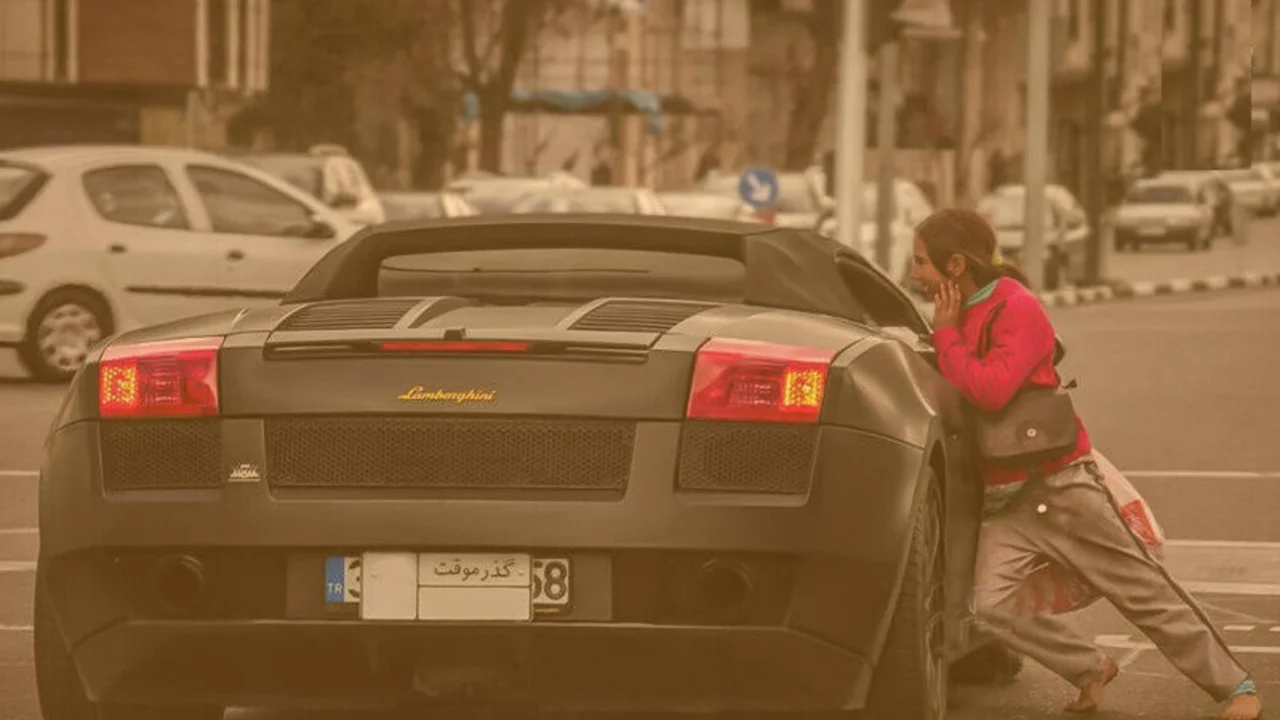Rising income inequality in Iran: Geographic Inevitability or Failing Income Distribution System?
The disparity between household average incomes between Iranian provinces paints a clear picture of income inequality and the inefficient system of income distribution in the country.
According to the latest government data released in 2021, the disparity between the annual average income in the urban areas of Tehran and Sistan and Baluchestan provinces has reached 62 million tomans. This figure is higher than the average household income in most provinces.
Of course, household expenses are not the same in different localities. Last year, the family average annual expenditure in Tehran’s urban areas was around 95 million tomans, while households in North Khorasan spent about 35 million tomans. The 60 million toman difference exceeds the household expenditure in 27 provinces.
The charts below show the annual income and expenditure of urban households in 2021.
Map Link
Income and expenditure disparity is significant in rural areas reaching 50 million tomans in Alborz and Sistan and Baluchestan and 38 million tomans in Hormozgan and West Azerbaijan provinces.
But this is not the whole story. Geographic location also has a significant impact on the ability of families to save. The budget imbalance in urban areas of West Azerbaijan and Markazi is 23 million tomans. Similarly, the savings disparity in rural areas of West Azerbaijan and Hormozgan is 28 million tomans.
The map below shows the household budget in urban areas in 2021.
Map Link
The Statistics Center of Iran reports that the budget balance of urban households in Iran in 2021 is 12,537,200 tomans which is a 88.2% increase compared to 2020.
This report also shows that rural families also had an average budget surplus of 7,979,100 tomans in 2021.
Average rural households' budget surplus in 2021 more than doubled compared to 2020 and increased by 121.5%.
Table Link
East Azerbaijan Province Has the Largest Budget Surplus
Among Iran’s urban regions, Tehran households had the highest annual income of 109,811,800 tomans in 2021.
The lowest urban household income of about 74,883,100 toman belonged to Sistan and Baluchestan.
The highest urban household annual expenditure also belonged to Tehran. Average annual cost of living was 95,701,600 tomans to prove that “more money means more trouble”!
The lowest average household expenditure belongs to North Khorasan province with 35,194,300 tomans.
According to this report, the urban areas of East Azerbaijan province had the highest household budget surplus of 62,483,100 tomans by the end of 2021.
The lowest urban household budget surplus belongs to Markazi province with a surplus of only 643,900 tomans.
Rural Household Budget Deficit for Three Provinces
Although none of the Iranian urban households had a negative balance, rural households in three provinces of Iran faced a budget deficit at the end of 2021.
Rural households of Hormozgan province had the most budget deficit of 4,193,300 tomans.
Markazi after Hormozgan province had the largest deficit of 1,862,500 tomans. Next was the rural areas of Kordestan with a 244,500 tomans deficit.
West Azerbaijan Had the Highest Budget Surplus
The highest rural household budget surplus belongs to West Azerbaijan province with a surplus of 23,809,400 tomans.
That being said, West Azerbaijan rural households do not have the highest average annual income. The highest average rural household annual income belongs to the Alborz province with 67,689,700 tomans.
The lowest rural household average income was for the Sistan and Baluchestan provinces. Their 2021 income was 18,109,100 tomans.
An expenditure comparison of rural areas shows that Alborz rural households had the highest level of expenditure of around 56,642,700 tomans.
And finally, the rural households living in Sistan and Baluchestan had the lowest costs of living of about 18,039,600 tomans.
This article was originally published in Persian (available here).



